Alex Howell –
Shortly after 01:23 am on the 26th April 1986, Reactor Four at the VI Lenin Memorial Nuclear Power Plant, more commonly known as Chernobyl, exploded. The 1,600 fuel channels of the reactor core were exposed, sending radiation four-hundred-times the amount emitted at Hiroshima into the crisp air of the Ukrainian evening. It was a massive tragedy that would also affect its football club Stroitel Pripyat.
Pripyat had already known tragedy. In fact, the entirety of the population had been wiped out by the Wehrmacht during the Second World War. But the event of June 1986 was different; It was a catastrophe as of then unseen on planet Earth.

Watch European football live. Book your custom European football travel tour by visiting Nickes.com!
The true human cost of the disaster has never been fully ascertained. A United Nations study found the death toll at 4,000; however, Greenpeace place that number closer to 200,000. We also have to account for the indirect casualties, including the 50,000 residents of the nearby Pripyat, all of whom were forcibly relocated. That is not to forget the countless flora and fauna that perished, as well as the toxic waste that to this day stains the hinterland of Ukraine; it will continue to do so for a further 20,000 years.
The tragic events in the heart of the then Ukrainian Soviet Socialist Republic have recently been portrayed by HBO’s hit television drama, Chernobyl. Now, more than ever, the disaster is at the fore of the popular imagination.
In a 2006 interview, Mikhail Gorbachev claimed that “the nuclear meltdown at Chernobyl… was perhaps the real cause of the collapse of the Soviet Union five years later.” We can leave the merits of Gorbachev’s diatribe to be debated by historians and politicians alike. What we can assert with a certain merit of truth is that for FC Stroitel Pripyat, the football club located a mere five kilometres away from Reactor Four, the Chernobyl disaster did fulfil the Soviet General Secretary’s paradigm of collapse.
A football team for the workers of Chernobyl
As Manuel Veth notes in his dissertation, “In the strict sense, all clubs [in the Soviet Union] were state property and were usually associated with ministries, workers unions, or specific factories.” For FC Stroitel Pripyat, the latter was true.
Founded in the mid-1970s, Stroitel Pripyat were a team for the workers of the Chernobyl nuclear facility. Their epithet, Stroitel, literally translates in English as Builders. Employees from the nearby nuclear facility formed the vast majority of Stroitel players; they were known as ‘snowdrops,’ as the majority had joined the club in the winter of 1981.
Pripyat was the perfect place for a new football club. As the satellite town to Chernobyl, the vast majority of inhabitants were gifted young employees both directly and indirectly related to the plant. Subsequently, the city had an average age of just 26. The town needed leisure facilities and outlets to occupy these young professionals. Stroitel Pripyat, with their green and black jerseys, filled that need. Vasili Kizima Trofimovich, the visionary behind Stroitel, clearly recognised this potential: “We have people on four shifts. No one will relax elsewhere, but will go to watch the football and drink a bottle of beer.”
However, Trofimovich was not just a football pioneer but was a respected member of the Communist Party and recipient of the Order of Lenin. To return to Veth, who argues that “patrons were usually part of the upper echelons of the sport hierarchy and/or high-ranking members of the party hierarchy.” The Stroitel Pripyat owner, Trofimovich, fulfilled both of these paradigms. To follow, Veth adds that “patrons would ensure that that the ‘sponsored’ clubs gained resources beyond the capabilities of the institutions that officially owned the club.” At first, it was Stanislav Goncharenko, who joined Stroitel in 1979, having been tempted away from local rivals Spartak Kyiv.
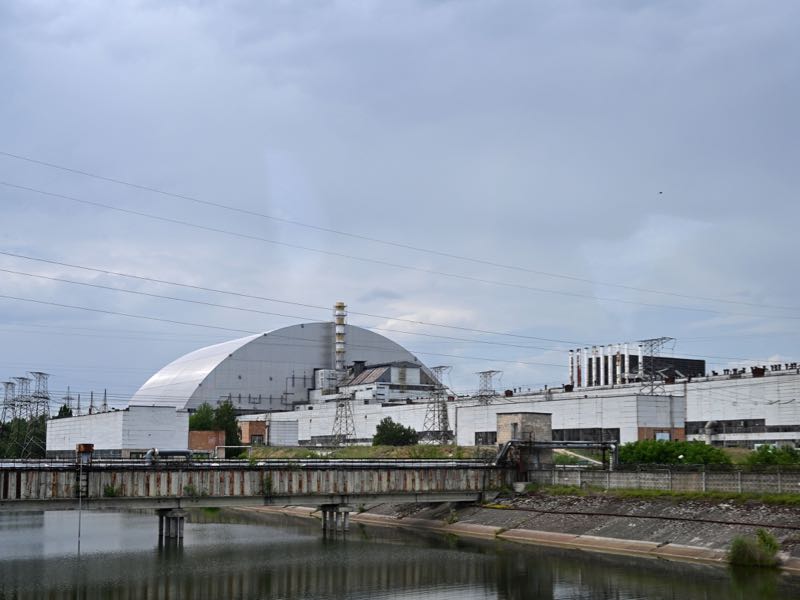
A picture taken on June 7, 2019, shows the Chernobyl nuclear power plant and the Chernobyl’s New Safe Confinement covering the 4th block (reactor 4) of Chernobyl Nuclear power plant. – HBOs hugely popular television series Chernobyl has renewed interest around the world on Ukraines 1986 nuclear disaster with authorities reporting a 30% increase of tourist demands to visit the affected area and tourist operators forecasting that number of tourists visiting the site may double this year up to 150.000 persons. (Photo by Genya SAVILOV / AFP)
In 1981, Trofimovich made his biggest move in Pripyat, when he appointed Anatolia Shepel as manager. Shepel was a former Soviet international and had played for the likes of Dynamo Kyiv, Chornomorets Odesa and Dinamo Moscow, before retiring from professional football at only 31. He had two Soviet Supreme League medals and one Soviet Supreme Cup in his repertoire. To make a contemporary juxtaposition, Shepel’s role at Stroitel would be comparable to Macclesfield Town’s recent appointment of former Arsenal and England defender Sol Campbell as manager. Above all else, Shepel’s appointment in Pripyat was a sign of intent – Stroitel had lofty ambitions.
1981 was also a landmark year for Stroitel Pripyat for another reason, as it saw the club make their first foray into the Soviet Union’s organised football pyramid. While Trofimovich’s high status within the Communist apparatus may have allowed Stroitel to attract some of the Ukrainian SSR’s most prominent names, his patronage did not allow the Pripyat club to bypass the existing structure of football in the region. Stroitel Pripyat would have to start at the lowest rung of the Soviet football pyramid.
Unfortunately for us, the Soviet authorities, in their infinite wisdom, did not strive to make the football pyramid in the USSR easily legible for the common supporter in the twenty-first century. We can surmise as follows: Beneath the Supreme League, First Division and Second Division lay regional, amateur divisions across the various provinces of the Soviet hinterland. These were collectively known as the Kollektivov Fizicheskoi Kultury, or KFK divisions in short. It was in the Kyiv Oblast regional division that Stroitel Pripyat would ply their trade.
Collectively, the KFK divisions formed the fifth tier of Soviet football. The winners of each KFK division would then take part in a national competition, which represented the fourth tier, facing the other winners from across the union. The overall winner, dubbed a Team of Masters, would then become professional and join the Soviet Second Division.
Stroitel Pripyat slowly but surely, year by year, improved in the Kyiv Oblast KFK. Against the likes of Bolshevik Kyiv and Lokomotiv Poltava, Stroitel improved from a last-placed finish in 1982 to a best placed second place in 1985 – finishing just four points behind Machinostroiteli, who instead had the chance to achieve professional status. It was in the 1985 season that Stroitel set a club record, as put thirteen goals past a beleaguered Lokomotiv Znamenka.
Stroitel also competed in a post-season league and cup competition for clubs in the Kyiv region, and it was here that the club had the most success. In fact, between 1981 and 1983, three Kyiv league championships made their way to the town in the shadow of the Chernobyl reactor.
An away trip to a nuclear disaster?
Backed by lofty ambitions both on and off the field, Stroitel Pripyat needed the infrastructure to match. The club’s home, the Avanhard Stadium, opened in 1979, was deemed inadequate and plans were put in place to convert the multi-purpose sporting venue into a football-only stadium with a capacity for 5,000 spectators.
The Avanhard was destined to be re-opened on May Day 1986. The fact that Stroitel were implicated with one of the most important days in the Soviet calendar emphasises the cultural importance of the football club. This was to be followed eight days later on May 9thwith the first KFK league match against Shakhtar Oleksandriia. Neither events were destined to happen.
Around 100 kilometres away from Pripyat lies the town of Borodyanka. A rather unremarkable settlement, in the 1980s it was home to Stroitel Pripyat’s most competitive rivals – Machinostroiteli.
FOR MORE ON POST-SOVIET FOOTBALL LISTEN TO THE FUTBOLGRAD PODCAST HERE!
The 26th April 1986 was an extremely important day in Borodyanka. It was Viktor Zihlin last chance to coach his side before Machinostroiteli’s crunch Kyiv cup semi-final away against Stroitel Pripyat the following day. However, as the story goes, that training session would be interrupted by an unusual visitor. An army helicopter landed on the town’s small football pitch and military officials eerily told Zihlin that his side need not travel to the Avanhard Stadium.
Of course, the citizens of Pripyat, let alone their compatriots in Borodyanka and further afield, were as of yet ignorant to the true event at the Chernobyl facility. Stroitel Pripyat’s Kyiv Cup semi-final was the first casualty of the nuclear disaster; the bitter irony that Machinostroiteli, the scheduled opponents, were to hold aloft the trophy that year.
The Avanhard Stadium would never re-open. Its renovated grandstand and terrace, by now reclaimed by nature, stand untouched and derelict as a monument to the former importance of the beautiful game in a once beautiful Soviet model city.
Shortly after the disaster, the Avanhard field was commandeered by the army to coordinate the liquidation effort. Stroitel captain Valentin Lytvyn would take part in that process, as to be expected for a club so highly-strung up with the fortunes of the nuclear facility.
Stroitel as Chernobyl’s forgotten casualty
Stroitel Pripyat withdrew from the 1986 season. Their dreams of professional status were crushed by the exposure of the inadequacies of the Soviet nuclear system.
Three days after the explosion at the VI Lenin Memorial Nuclear Power Plant, the Soviet authorities relocated the remainder of Pripyat’s population to the town of Slavutych – 45 kilometres away from Chernobyl, but still within the Kyiv Oblast.
Along with the people, Pripyat’s institutions also made the move. Stroitel were no different. Soon, Stroitel Pripyat was changed for Stroitel Slavutych. Although Stroitel would play their home matches in Slavutych, the town lacked the necessary facilities for regular training; which would occur in the nearby town of Vyshgorod.
Stroitel Slavutych returned to the KFK Championship in 1987 and initially seemed to replicate their success before the Chernobyl incident, finishing in a respectable third place. With the link between Stroitel and the Chernobyl nuclear facility severed, however, players were no longer indebted to play for the club. 1988 saw a high turnover in the playing staff in Slavutych, which translated to instability on the pitch as Stroitel dropped to the ignominy of an eighth-placed finish.

STROITEL PRIPYAT FOOTBALL GROUND NEAR THE CHERNOBYL PLANT NOW ABANDONED UKRAINE SEP 2013 (CC-BY-SA-2.0)
With further departures at the end of the KFK Championship season, the tough decision was taken to liquidate Stroitel Slavutych. The official liquidation of Chernobyl’s impacts had concluded in early 1987; Stroitel, a year on, were the final casualty of that process. It was an ignominious end for a side that had shown ambitions to turn professional, which they had admittedly come close to achieving, just three years earlier.
Football would return to Slavutych in 1994 when FC Slavutych were founded; although there were no links to the old Stroitel. By now the Soviet Union was as much a relic as the Chernobyl facility, but Slavutych at one point reached the heavy heights of the Ukrainian Second Division, which bought professional status. Just as Stroitel’s demise had been quick, however, so too was FC Slavutych’s. By 1998, they too were defunct.
Radiation, it turns out, is also deadly towards football.
The importance of Stroitel’s story
Sky and HBO’s Chernobyl has been praised by critics. The Guardian, for example, note the series’ value in paying homage to the regular Soviet citizens, many of whom never named or recognised, who had their lives turned into a living nightmare by the disaster at the VI Lenin Memorial Nuclear Power Plant.
The story of Stroitel Pripyat does much the same. Vasili Trofimovich remarked prior to the ill-fated re-opening of the Avanhard Stadium that “the new stadium is as important to the people as the new reactor [a fifth reactor was scheduled to open in 1986].” In doing so, Trofimovich highlighted the importance of Stroitel to the regular people of Pripyat and the surrounding community.
The lesson to take from this is that the catastrophe of 1986 was not just about the international power politics of the Cold War. Gorbachev’s prior cited diatribe that Chernobyl brought down the Soviet Union is emblematic of this ignorance. It was instead about the tragic demise of a people humbled by the atom, who had their lives altered and their realities destroyed.
Stroitel Pripyat were born in the shadow of the nuclear atom. Their patron, Vasili Trofimovich, had lofty ambitions, which would be matched by on-field success, infrastructure investment and the prospect of bringing professional football to the northern reaches of the Ukrainian SSR. In remembering their story, we continue to put the people back into the Chernobyl disaster.
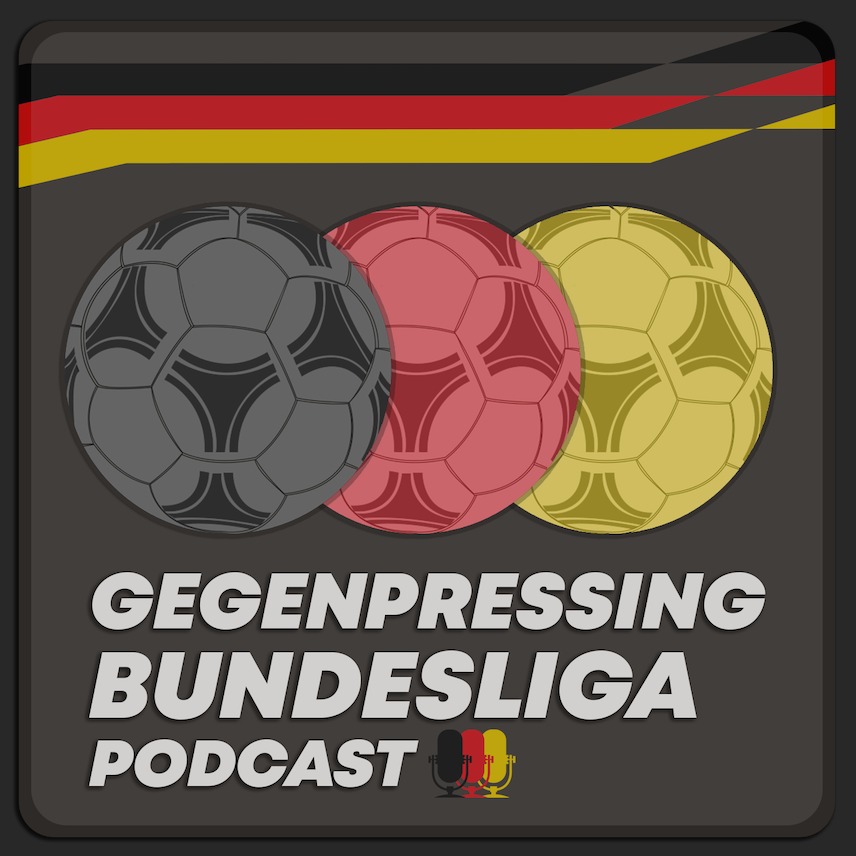

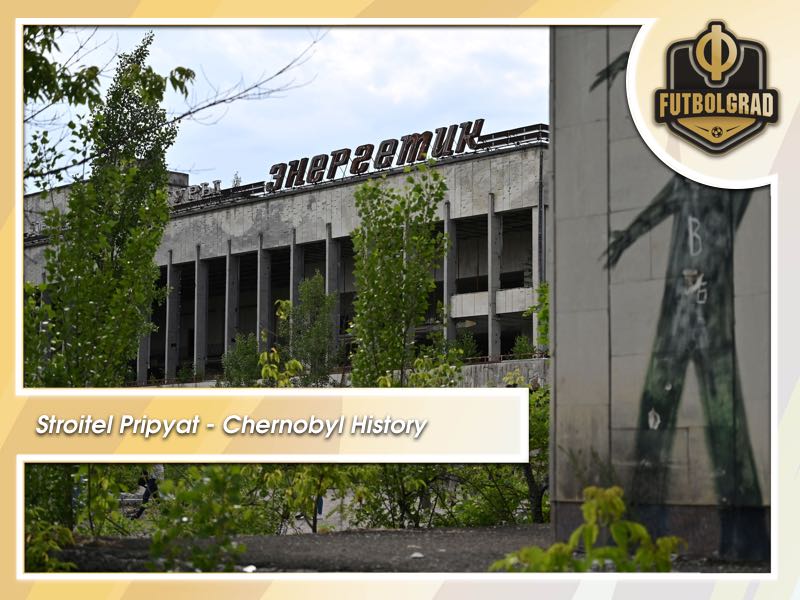
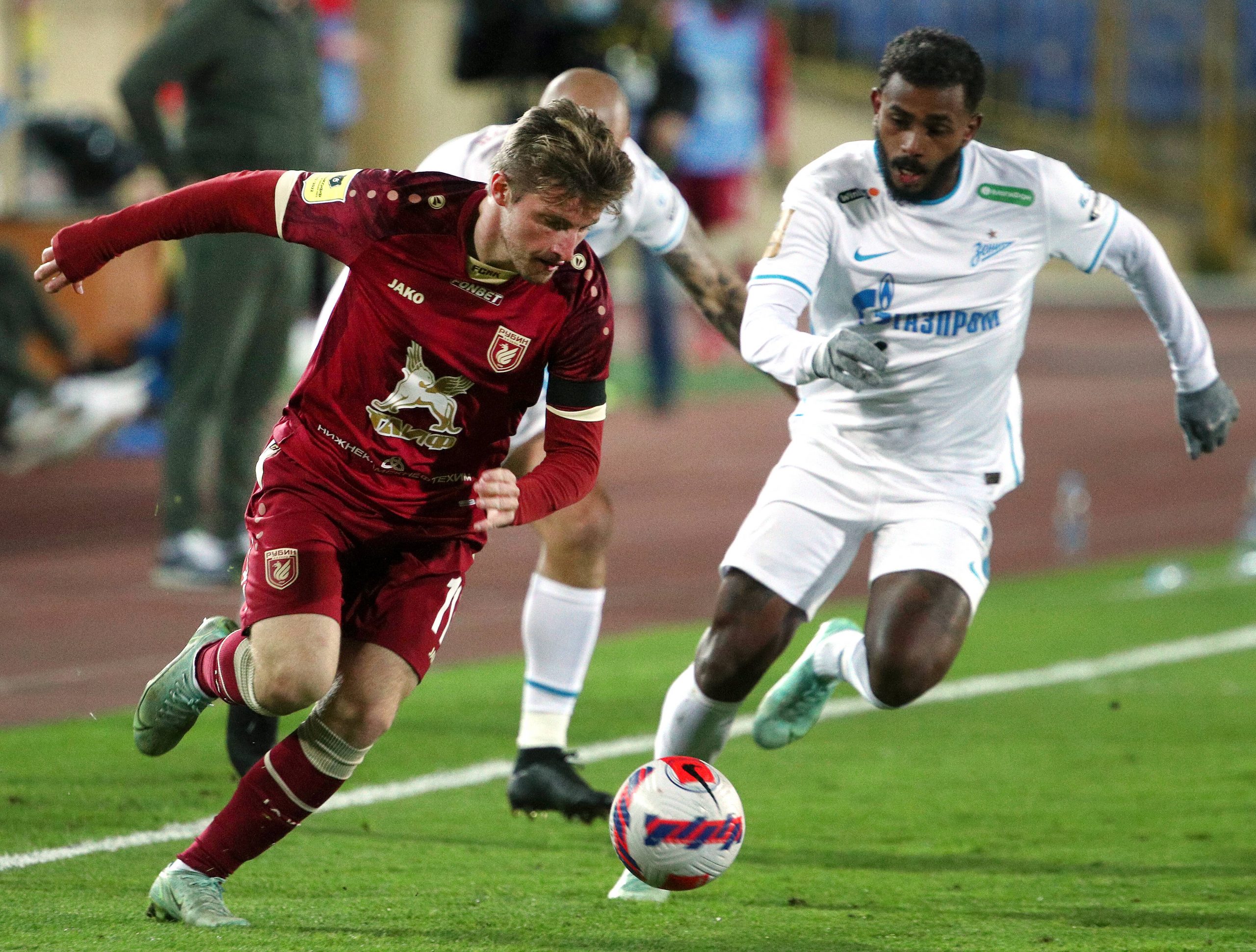
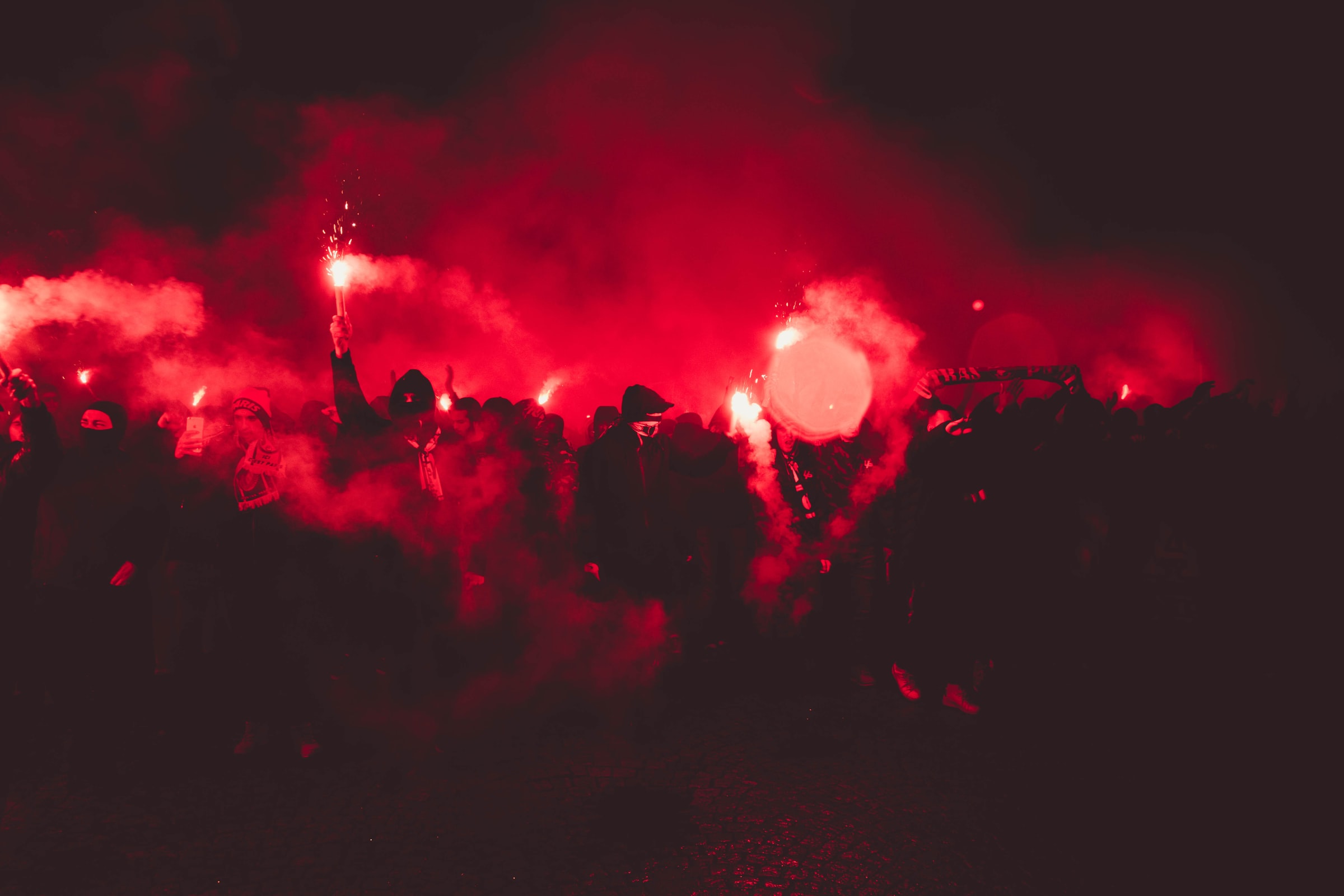

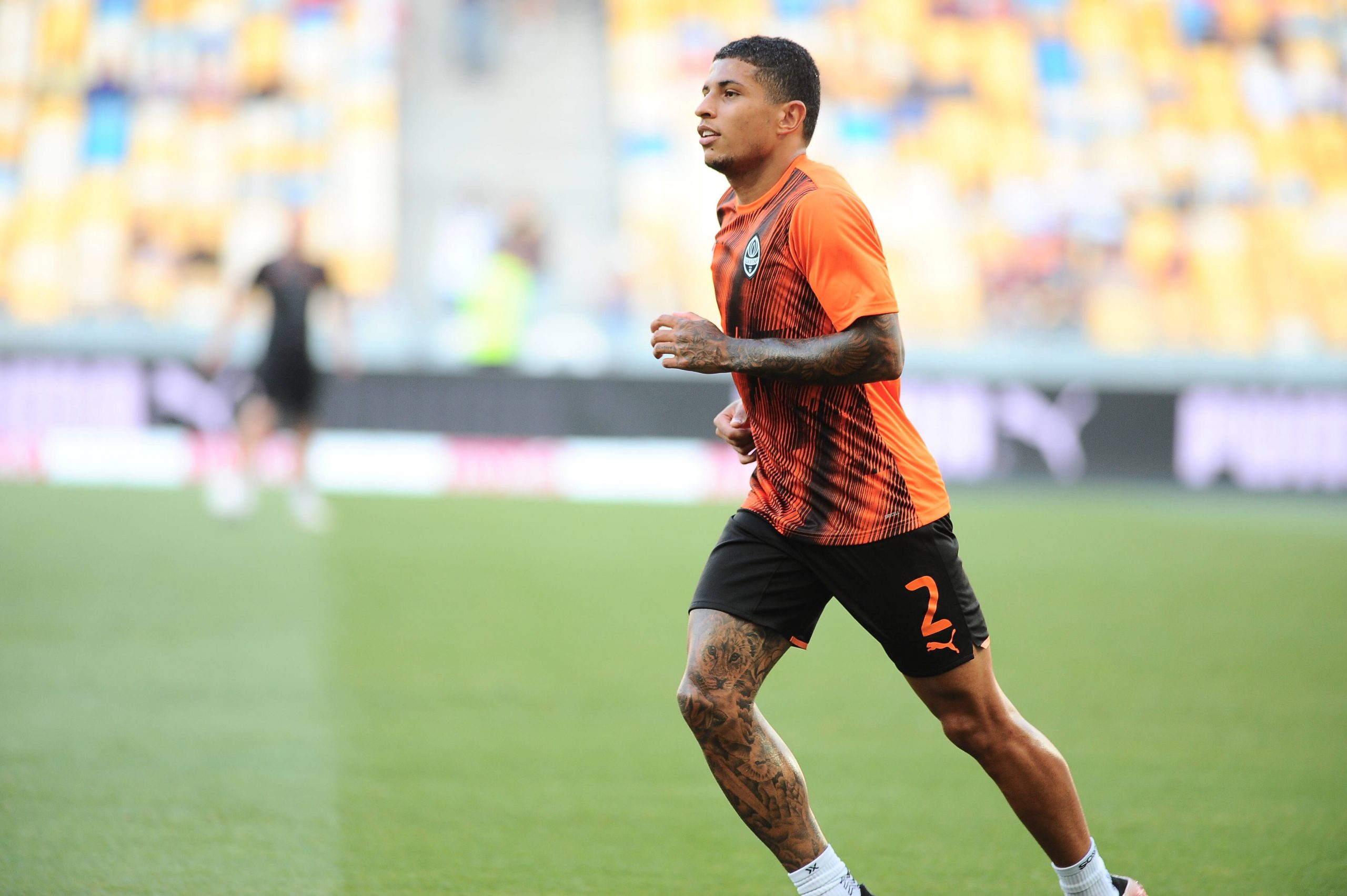
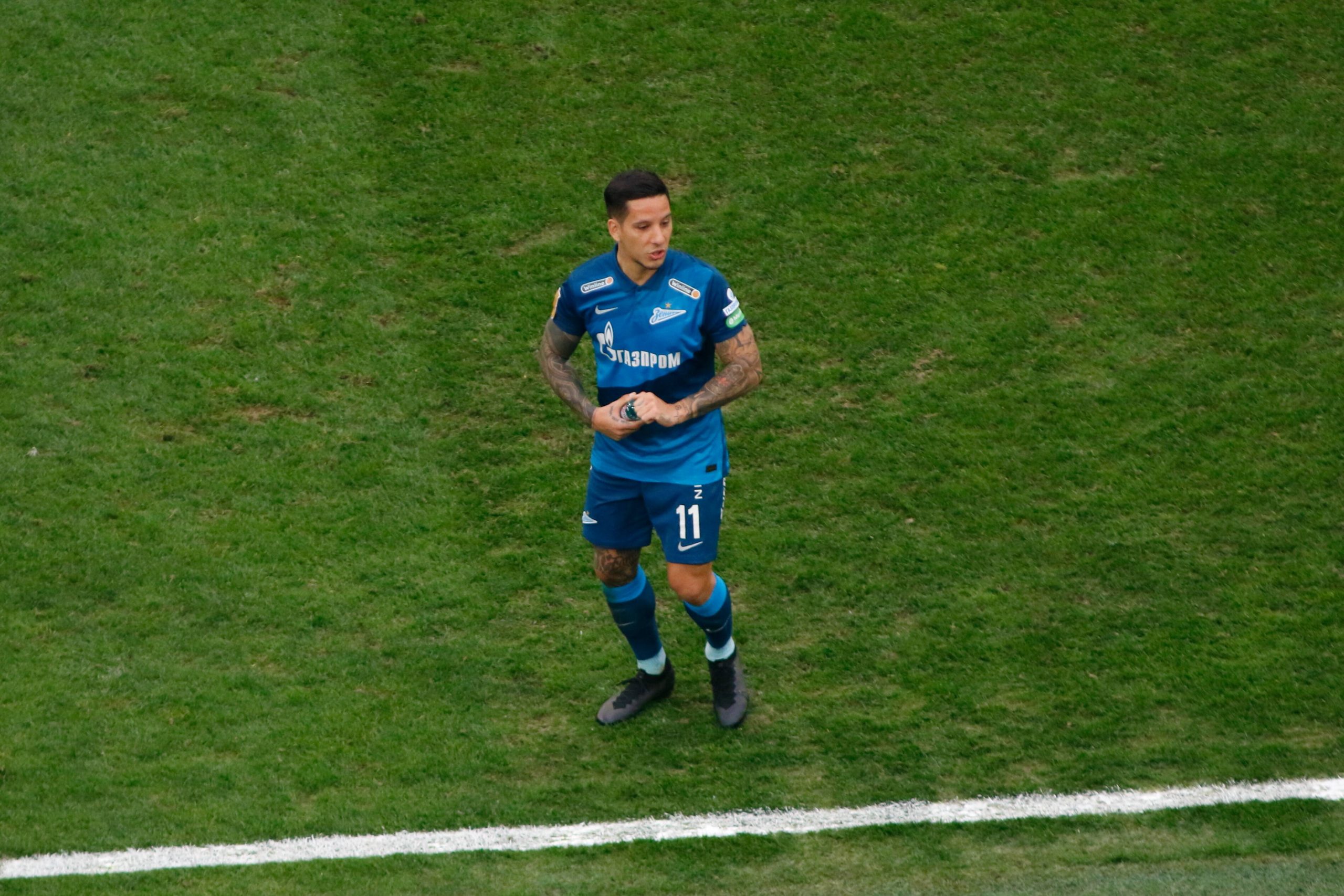
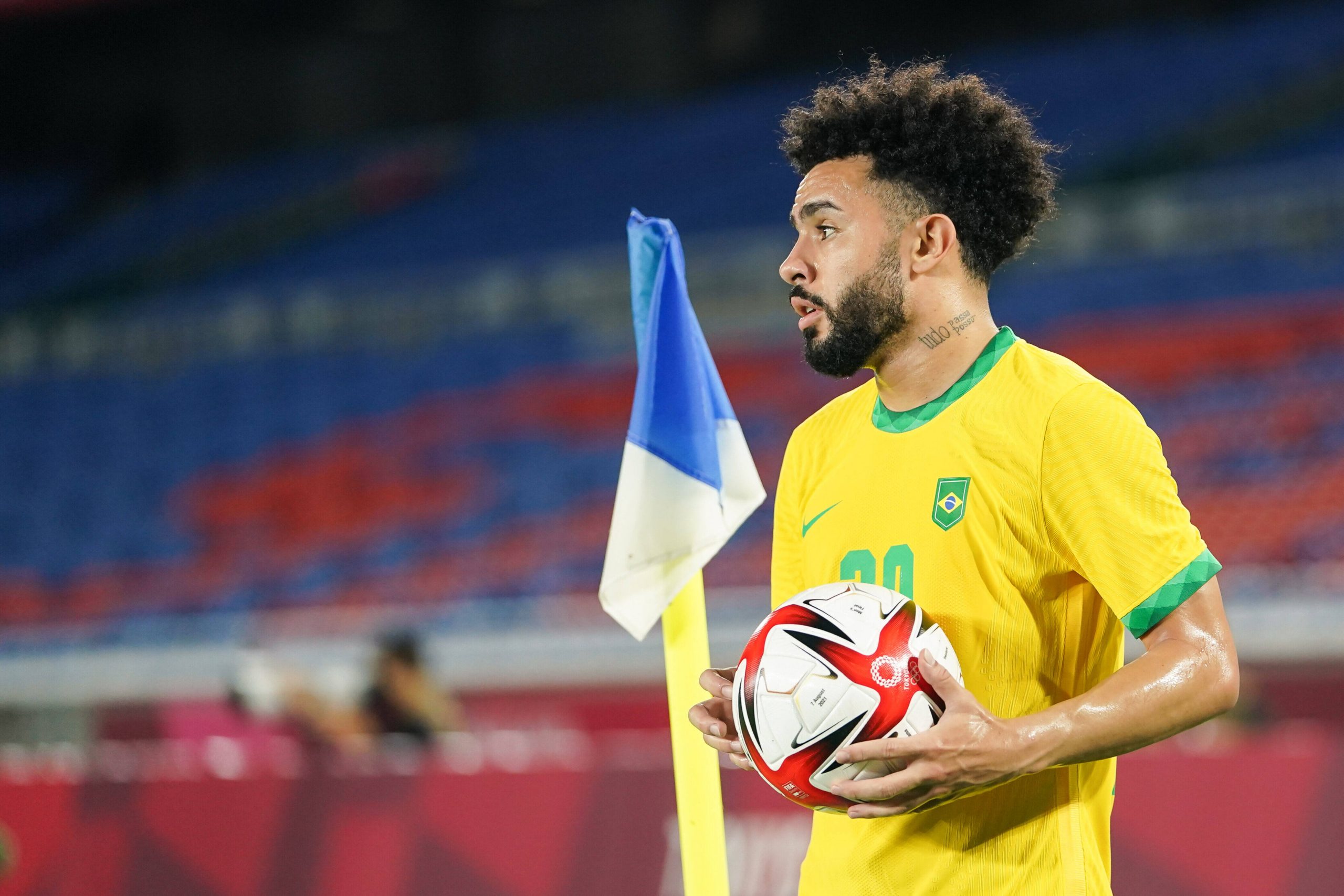

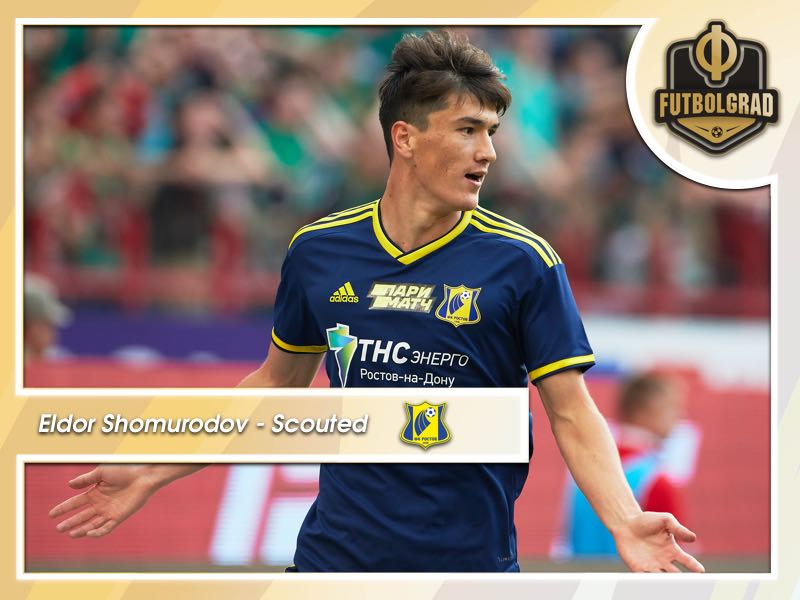
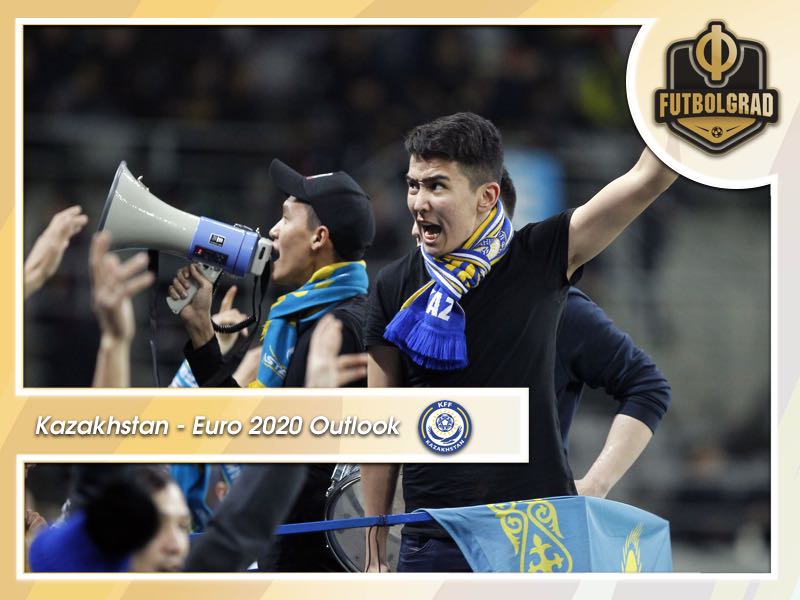
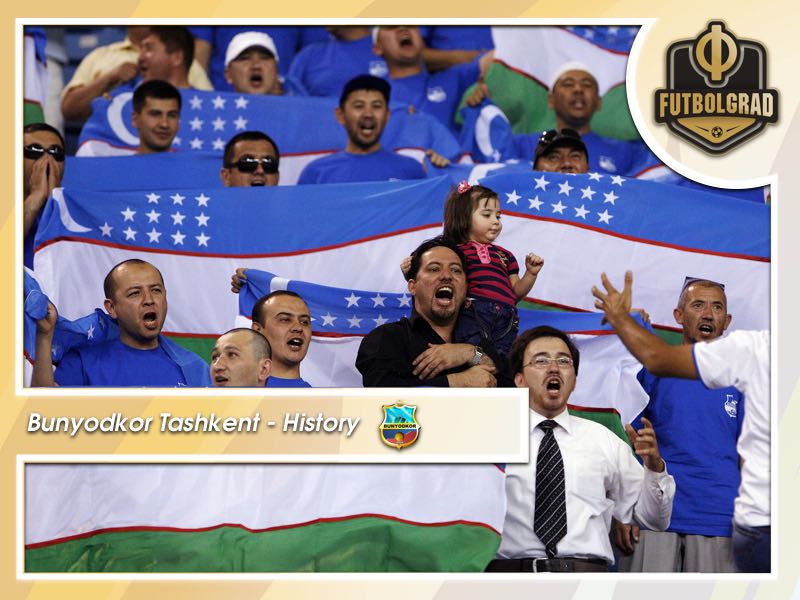
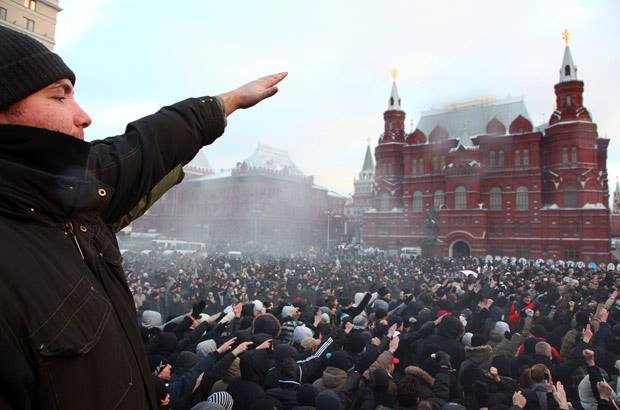
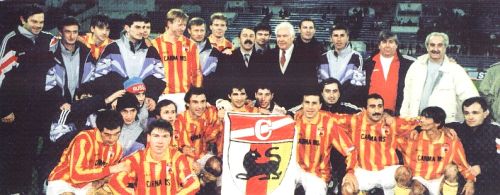
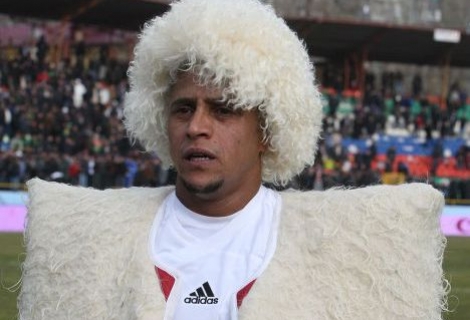
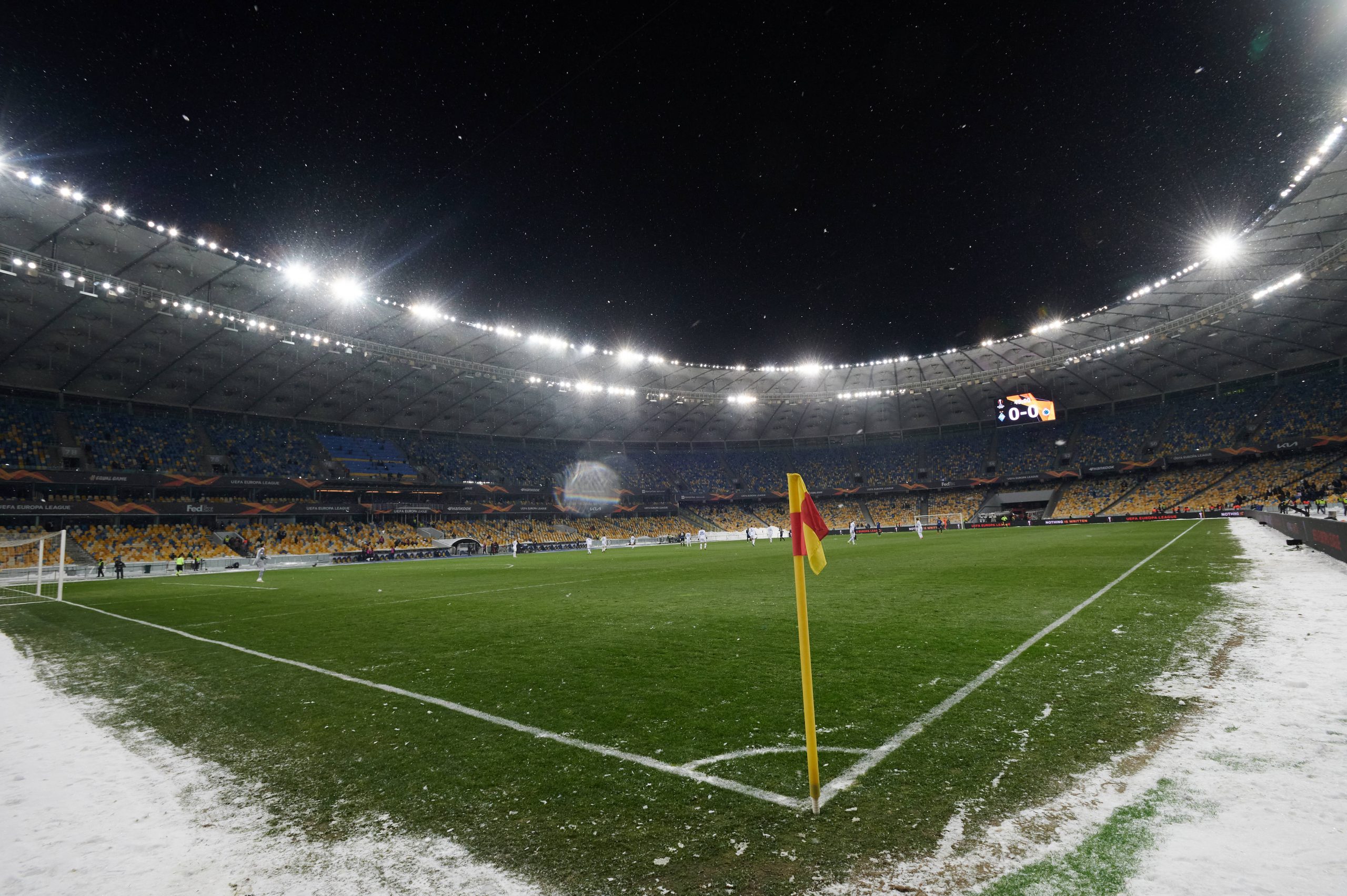
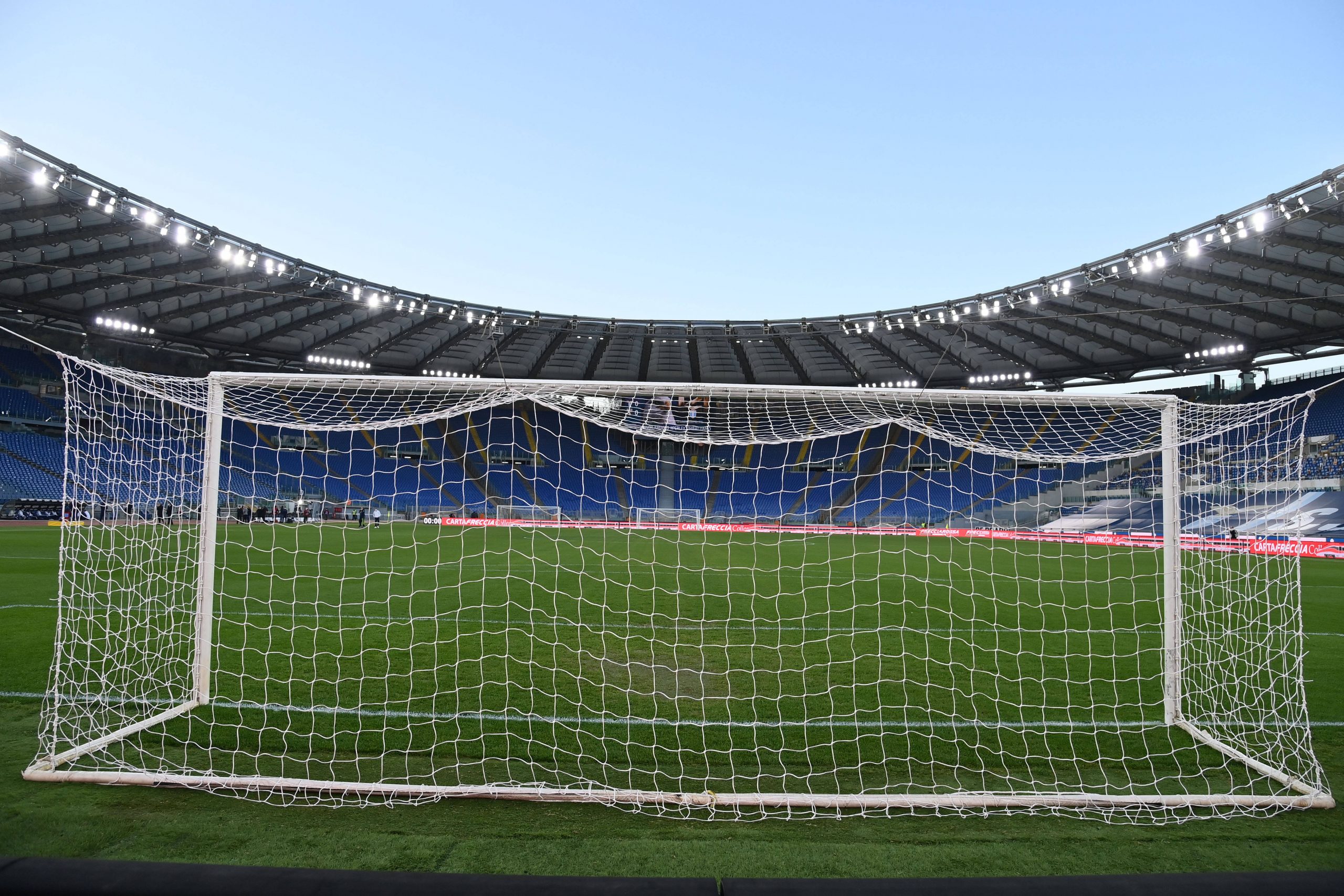
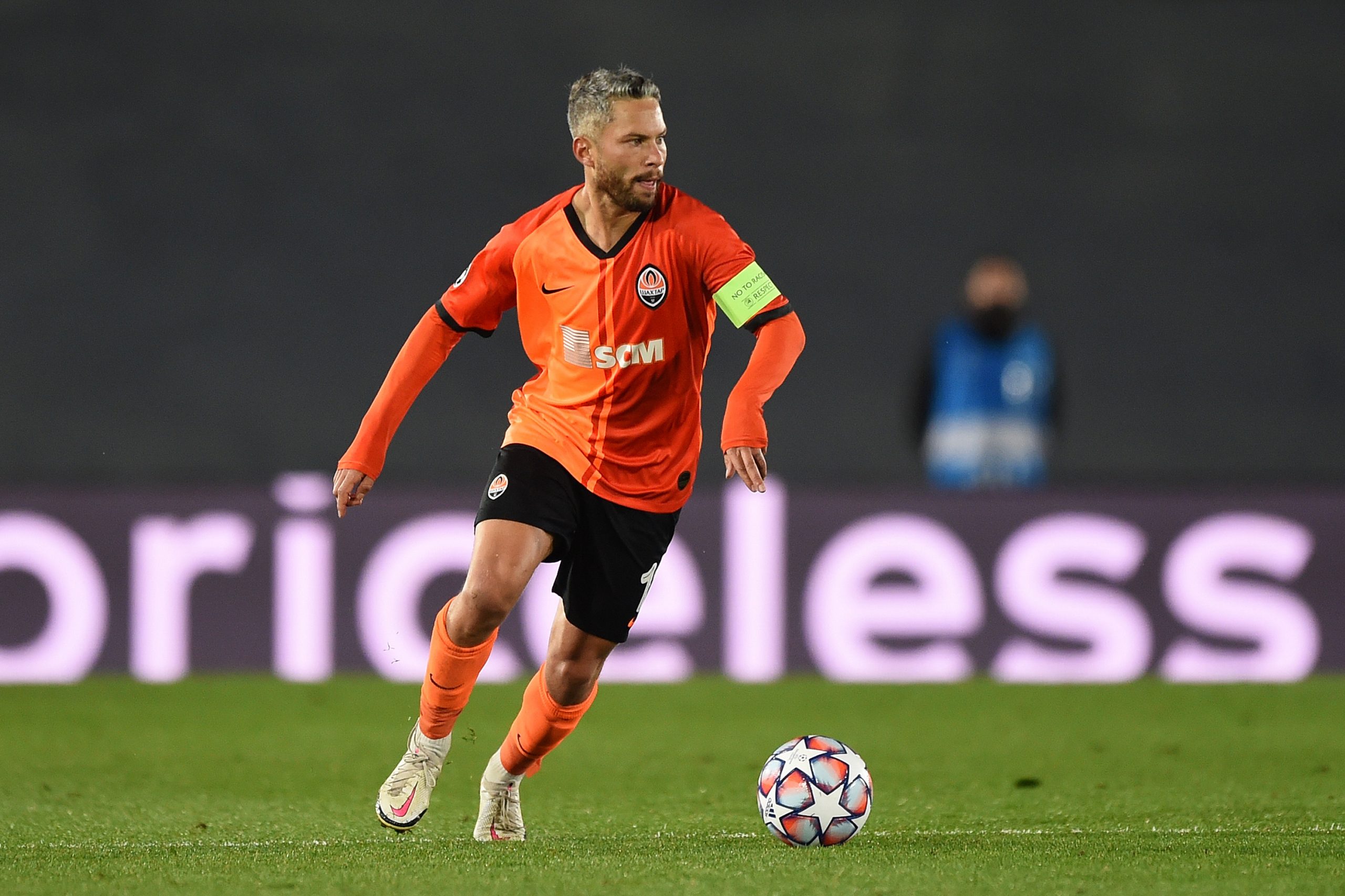
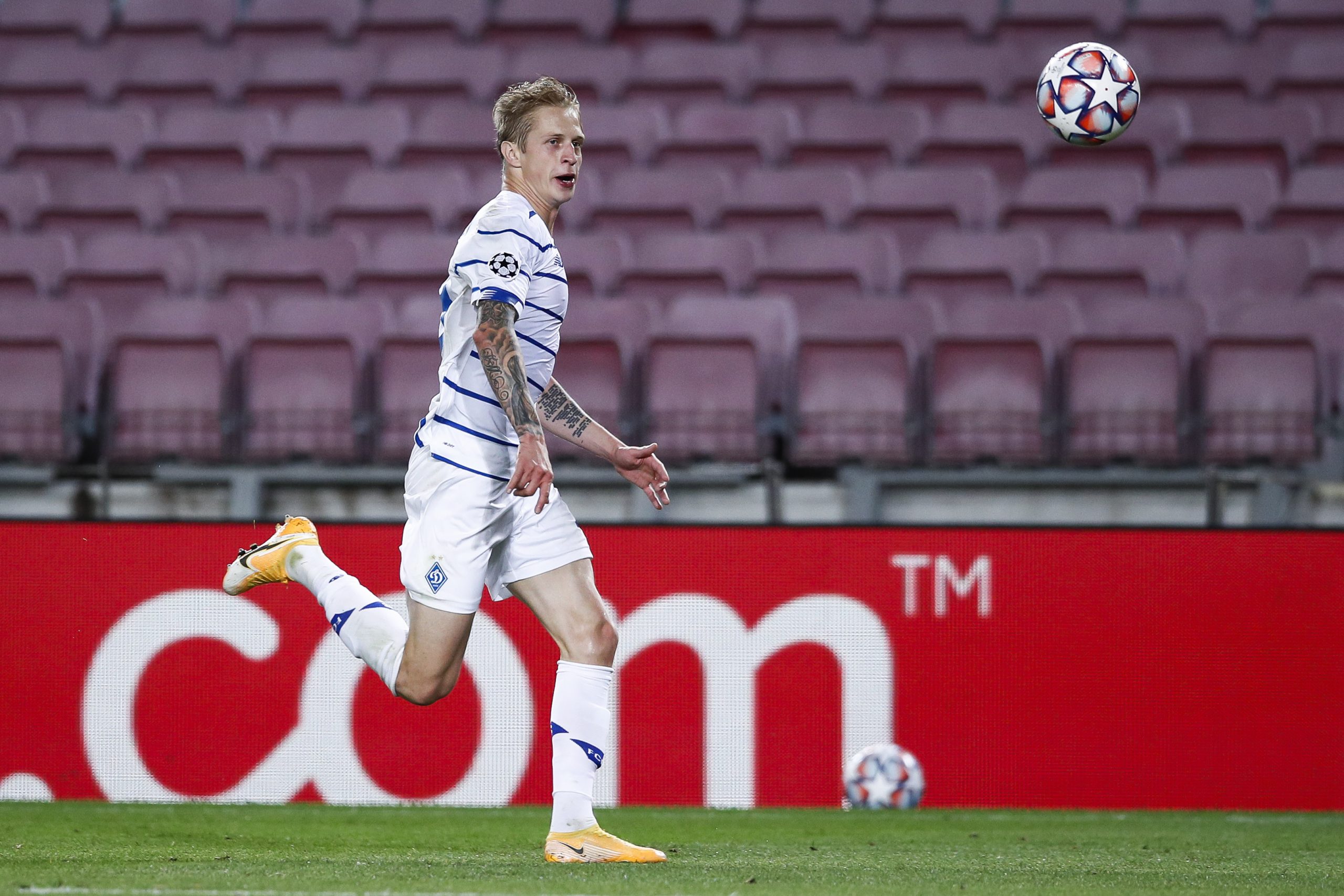
COMMENTS
Alex, looks like you know absolutely nothing about the Soviet football competition structure. Teams of Masters are not only the champions of KFK, but rather it is a status of all professional clubs in the Soviet Union. Officially in the Soviet Union there were no professional athletes, so they were inventing some other terms among which is the team of masters. All clubs in the Soviet competitions in Top, First and Second leagues all were teams of masters, amateur teams were known as fitness collectives (or collective of physical culture). Competitions among KFK teams were organized and administered exclusively by their respective union republic where they were located. All 15 union republics were conducting their own individual KFK competitions and their winner may or not has been picked for competitions among teams of masters. Establishment of team of masters as certification had to be approved by the Football Federation of the Soviet Union, unlike the KFK teams. Simply winning the competitions among KFK teams did not guarantee the winning team to be promoted to the Soviet Vtoraya Liga (Second League).
Another thing, at the time when Stroitel as you call it (although officially it was known as Budivelnyk) existed and competed in competitions among KFK teams, those competitions were actually at the fourth (4) tier within the Soviet football pyramid in 1971-1989. In 1990 there was added an extra tier just below the Second League, known as the Lower Second League (or out of brevity Second League B). Then in 1990 competitions among KFK were moved down the pyramid to the fifth (5) tier. Now by that time the Chernobyl zone football team was disbanded and in couple of years the whole Soviet Union went crushing down. Now about the name of the team, Budivelnyk or Stroitel. Both names were in use as both languages carried an official status, yet Russian had dominance as the language of the Soviet central government and inter-republican communication.